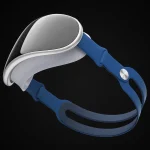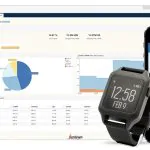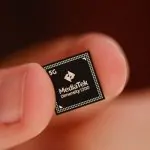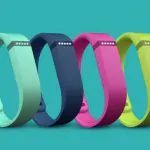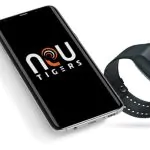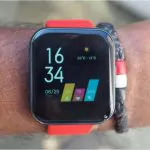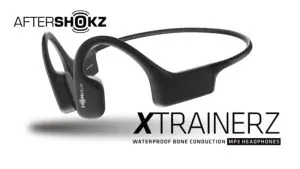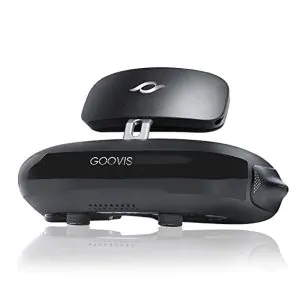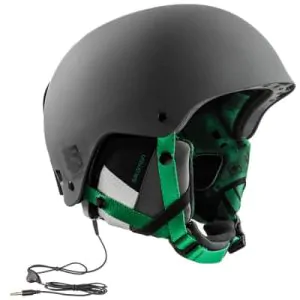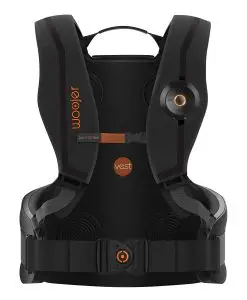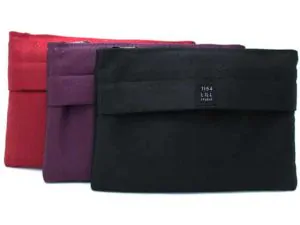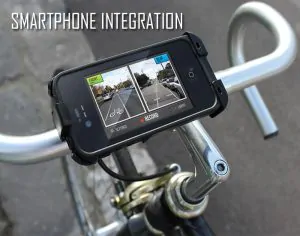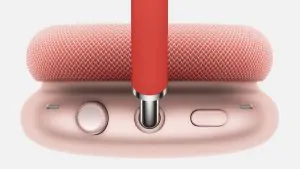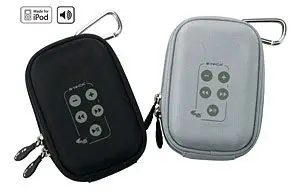Valencell, a leader in transforming the science of wearable biometrics to enable impactful health outcomes, today announced its groundbreaking calibration-free, cuffless blood pressure (BP) technology for wearables is now able to be used in devices worn on the finger and wrist. The technology, which brings cuff-like BP accuracy to other parts of the body, was first announced in January 2020 for hearables, hearing aids and other ear-based devices. This latest advancement significantly expands the number of device form factors to embed the technology, including smartwatches, fitness bands, patches and pulse oximeter finger clips.
Read more SunTech and Valencell Partner Up for New Blood Pressure Measurement Solutions
According to the CDC, hypertension affects nearly one-third of Americans, or 75 million people, aged 18 or older. Additionally, for approximately one-half of adults with hypertension (nearly 35 million people), it is uncontrolled. A new national survey released today by Valencell revealed 62% of Americans with hypertension only measure their BP a few times a month or less, far below expert recommendations of twice daily. However, more than 75% of respondents would measure their BP “more or much more” often if they could accurately measure passively in the background, which cuff-less options like smartwatches and audio earbuds would enable, says a press release.
Valencell’s BP technology that can be built into a range of passive form-factors worn in the ear, on the finger and on the wrist makes it significantly easier for people to monitor their BP on a regular basis, allowing them to build potentially life-saving habits. Valencell is pursuing FDA clearance for this technology in early 2021.
Unlike other sensor modalities such as ECG or pulse transit time, the Valencell BP technology does not need to be calibrated to a BP cuff and only requires data from photoplethysmography (PPG) and inertial sensors that are already in widespread use in wearables today. Valencell is now the first commercially available embedded sensor solution to enable BP readings throughout the day with the same accuracy as current BP cuff devices without the need for a cumbersome cuff.
 Valencell’s BP monitoring technology was first announced in January 2020 for hearables, hearing aids and other ear-based devices. (Image: Valencell)
Valencell’s BP monitoring technology was first announced in January 2020 for hearables, hearing aids and other ear-based devices. (Image: Valencell)
“Our survey results solidify the next frontier in medical wearables, which is to make a measurable impact on the global hypertension crisis through passive technologies that people will actually use regularly,” said Dr. Steven LeBoeuf, President and co-founder of Valencell.”Huge opportunities exist to ease the burden of blood pressure monitoring and reduce the cost of healthcare with non-invasive sensor technology embedded in devices people wear every day.”
Highlights of Valencell’s survey include:
- Inconsistent monitoring: People with high blood pressure are not measuring often enough. In fact, Americans with hypertension measure their BP “a few times a month” (31%) or “a few times a year” (also 31%). Only 4% measure BP multiple times a day.
- Fingers and wrists: When provided a choice, respondents would prefer to passively measure their BP with a finger clip or pulse oximeter clip (41%), followed by a watch (40%), phone (32%), fitness band (20%) and earbuds (10%).
- Information desired: In terms of data people would be interested in receiving when monitoring their BP, over half of respondents (52%) are interested in knowing if their blood pressure is out of the normal range or trending too high or too low. Forty-five percent are interested in the specific systolic and diastolic BP readings.
- Comorbidities impact hypertension management: Numerous comorbidities emerged from the research in addition to hypertension, including high cholesterol (50%), obesity (42%), type 2 diabetes (27%), chronic kidney disease (7%) and congestive heart failure (5%).
